Buy Adele Bloch-Bauer - Gustav Klimt - 1907 as a reproduction on canvas, ArtFrame, poster and wallpaper, printed on demand in high quality.
About "Adele Bloch-Bauer - Gustav Klimt - 1907"
About the artwork
It is considered to be a masterpiece of his labour-intensive 'golden style', which has produced very few works. It is a painting of oil on canvas of 138 × 138 cm. Klimt worked on it for at least three full years (between 1904 and 1907), he made hundreds of sketches and incorporated real gold into it. The work is a collage with elegant Art Nouveau curls, abstract geometry and the eye motif of Egyptian gods. From that busy, Byzantine looking background, the modern face looks confident but somewhat melancholy.
Gustav Klimt (Baumgarten, now part of Vienna), 14 July 1862 - Vienna, 6 February 1918) was an Austrian symbolist painter, muralist and draughtsman. He is considered to be the most prominent member of the Vienna Secession, of which he was also chairman for some time. Characteristic of his later works, with which he became best known, is the decorative ornamentalism (in which he often also worked with gold leaf) and the suggestive erotic symbolism. He made a name for himself with his portraits of women and allegorical works, but he also painted a large number of landscapes. Klimt's art was created during an artistic boom period in the belle époque in Vienna and is often associated with the Art Nouveau and Art Nouveau movements. His oeuvre is seen as exemplary for the tension between conservatism and the urge for progress.
Old Master collections
Discover more Old Masters in the following collections:
 Netherlands
Netherlands Ordered in June 2025
Ordered in June 2025
 Germany
Germany Ordered in April 2023
Ordered in April 2023
 Netherlands
Netherlands Ordered in September 2021
Ordered in September 2021
 Germany
Germany Ordered in March 2021
Ordered in March 2021
 Netherlands
Netherlands Ordered in January 2024
Ordered in January 2024
 Germany
Germany Ordered in February 2024
Ordered in February 2024
 Germany
Germany Ordered in October 2019
Ordered in October 2019
 Germany
Germany Ordered in November 2020
Ordered in November 2020
 Germany
Germany Ordered in November 2020
Ordered in November 2020
 Netherlands
Netherlands Ordered in June 2024
Ordered in June 2024
 Germany
Germany Ordered in July 2020
Ordered in July 2020
 Netherlands
Netherlands Ordered in November 2021
Ordered in November 2021
About the material
ArtFrame™
Interchangeable Art Prints
- High-quality print
- Easily interchangeable
- Acoustic function
- Large sizes available
Discover the Old Masters collection
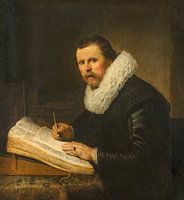 Portrait of a man with collar, Rembrandt
Portrait of a man with collar, Rembrandt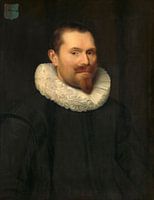 Portrait of a man, anonymous - 1633
Portrait of a man, anonymous - 1633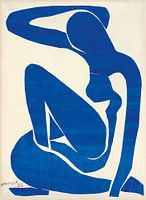 Henri Matisse. Blue nude
Henri Matisse. Blue nude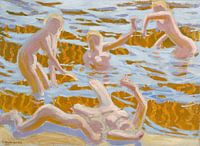 Oceanides, Akseli Gallen-Kallela
Oceanides, Akseli Gallen-Kallela Sunset, Hendrik Willem Mesdag
Sunset, Hendrik Willem Mesdag Self-portrait, Adriaen van de Venne
Self-portrait, Adriaen van de Venne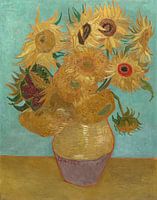 Vincent van Gogh. Sunflowers
Vincent van Gogh. Sunflowers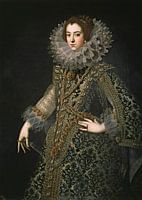 Queen Elizabeth of Bourbon
Queen Elizabeth of Bourbon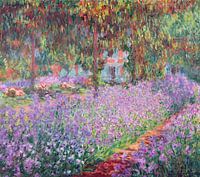 The Artist's Garden at Giverny, Claude Monet
The Artist's Garden at Giverny, Claude Monet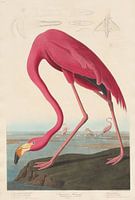 American Flamingo, original
American Flamingo, original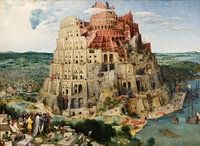 The Tower of Babel, Pieter Bruegel
The Tower of Babel, Pieter Bruegel Bouquet of flowers on white background (seen at VT Wonen)
Bouquet of flowers on white background (seen at VT Wonen) Evening prayers, Anna Ancher
Evening prayers, Anna Ancher Two little girls carrying a basket - Jozef Israels
Two little girls carrying a basket - Jozef Israels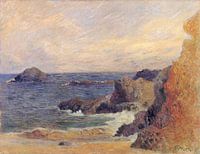 Rocks by the sea, Paul Gauguin - 1886
Rocks by the sea, Paul Gauguin - 1886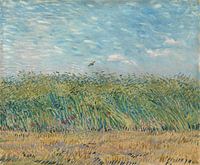 Vincent van Gogh, Cornfield with partridge
Vincent van Gogh, Cornfield with partridge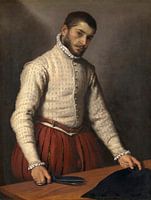 The Tailor, Giovanni Battista Moroni
The Tailor, Giovanni Battista Moroni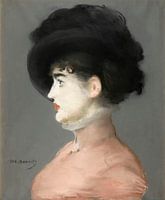 Irma Brunner, Édouard Manet
Irma Brunner, Édouard Manet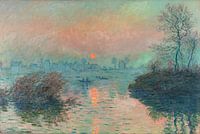 Sunset on the Seine at Lavacourt, Claude Monet
Sunset on the Seine at Lavacourt, Claude Monet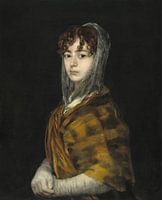 Francisca Sabasa y Garcia - Portrait woman old master of Francisco Goya
Francisca Sabasa y Garcia - Portrait woman old master of Francisco Goya
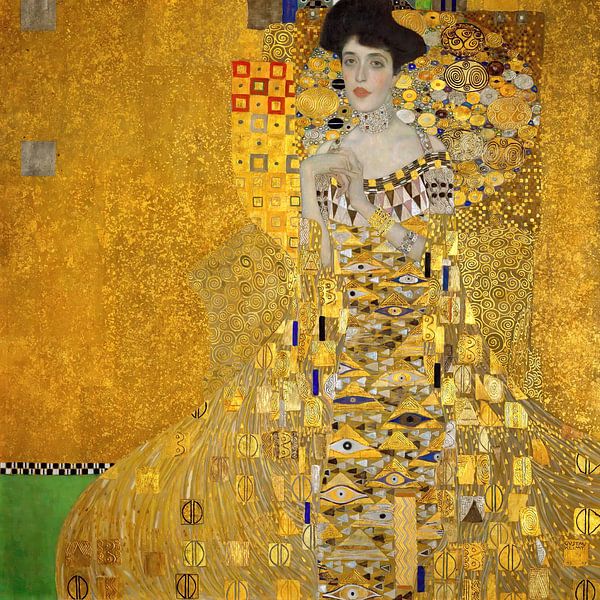
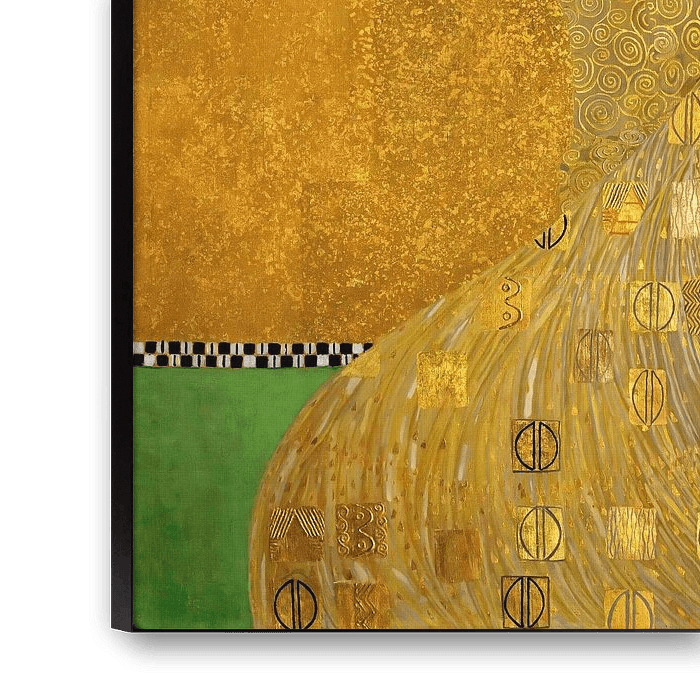



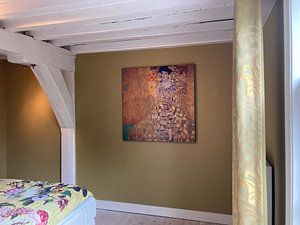



 Art Nouveau
Art Nouveau Austria
Austria Bestsellers in Germany
Bestsellers in Germany Classic
Classic Female
Female Female portrait
Female portrait Grandeur chic
Grandeur chic Gustav Klimt
Gustav Klimt Historical portraits
Historical portraits Old masters
Old masters Portrait
Portrait Serene Peace
Serene Peace Vibrant Colors
Vibrant Colors Vienna
Vienna









